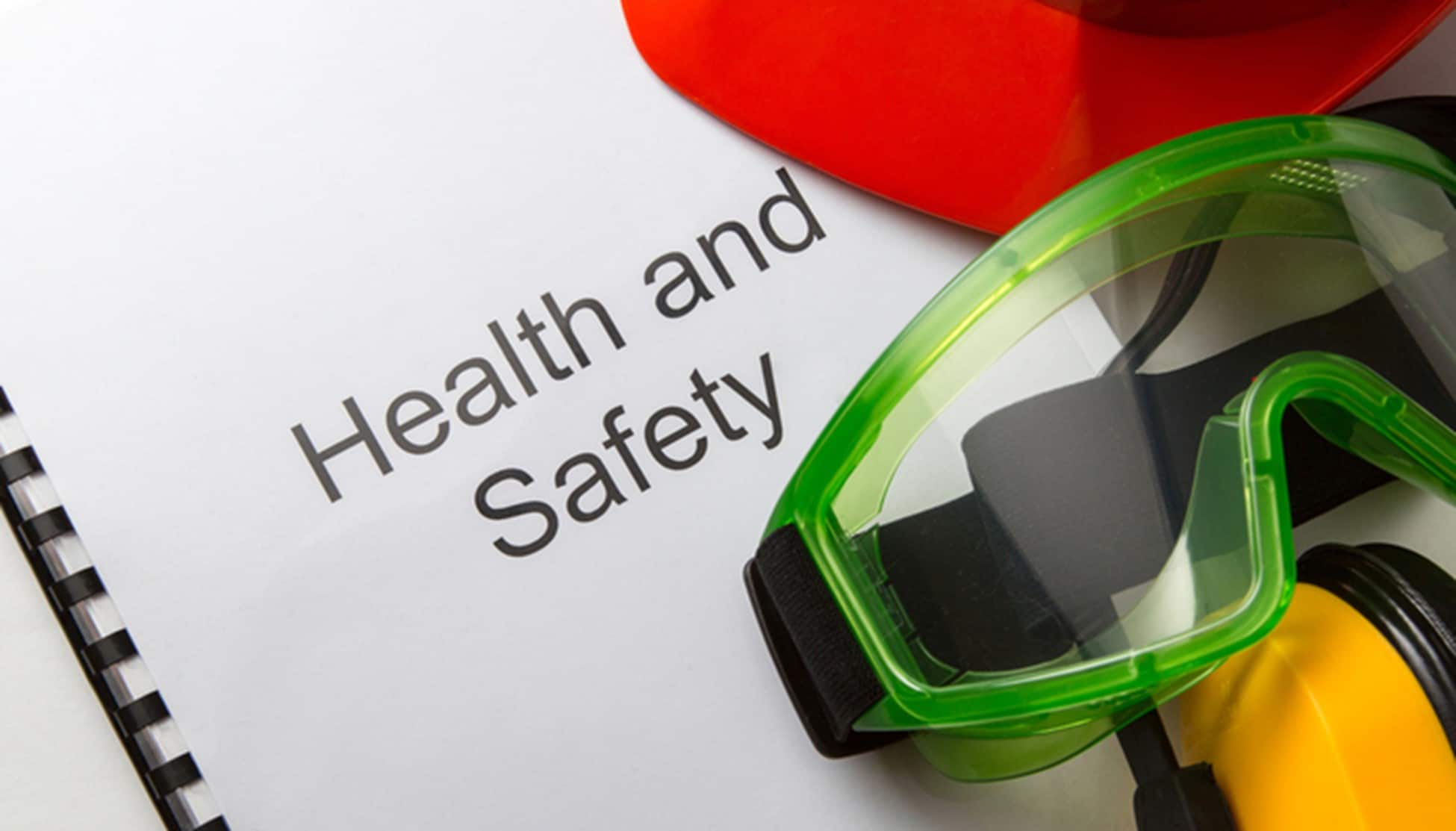
Occupational health and safety training is essential in specific industries. Many employers require their employees to obtain the OSHA 10 certification. This certification is awarded upon completion of a 10-hour safety course under the OSHA Outreach Training Program.
The Outreach Training Program consists of two types of courses. The 10-hour training is designed for entry-level and non-supervisory workers who want to learn more about general health and safety hazards. The 30-hour course is geared more towards supervisors and those who carry health and safety responsibilities in the workplace.
The US Bureau of Labor Statistics has recently released its Workplace Injuries and Illnesses report for 2019. There were a total of 2.8 million reported nonfatal workplace injuries and illnesses in 2019, almost the same as in 2018. That amounts to approximately 7671 injuries per day, or roughly 319 injuries every hour.
These sobering statistics are why the US Occupational Safety and Health Administration offers training courses to anyone who performs physically challenging, hazardous work.
Benefits of OSHA 10 Certification
First and foremost, obtaining your OSHA 10-hour card (by completing the OSHA 10-hour course) is required by law in some cities and states, and voluntary in others. However, it will significantly benefit you in your job search.
Here are some other advantages and characteristics of OSHA training:
- Peer training promotes safety culture
- Hands-on activities help retain new knowledge for more extended periods of time
- Training topics are tailored to the needs of the audience
- Available in multiple languages (Spanish, Polish, etc.)
- Can be performed on-site or through online training
It is essential to know that there is no guarantee that you will land a job after taking the 10-hour or 30-hour training course. The certifications will be an excellent addition to your resume, and your chances of getting hired will likely increase. But be wary of any organization that promises employment after training.
Training Programs
There are three main types of OSHA 10-hour training: for the construction industry, general industry, and maritime industry workers.
Those who complete the program for construction workers or general industry workers may move on to one of the disaster site workers’ programs. Disaster site workers are skilled in providing support services or site clean-up after natural or human-made disasters.
Training for disaster site workers has two versions: 7.5-hour training and 15-hour training. The main prerequisite for going through either of these is completing the 10- or 30-hour OSHA construction or general industry outreach training course.
Construction Program
Construction workers’ courses are meant for those working in building development, repairs and alterations, and other construction fields.
The 10-hour construction program covers the following mandatory topics over the course of six hours:
- Introduction to OSHA (worker rights, employer responsibilities, filing complaints)
- OSHA “Focus Four” Workplace Hazards (falls, electrocution, struck-by, caught-in or between)
- Personal Protective and Lifesaving Equipment
- Construction Health Hazards
Alongside mandatory topics, two hours are dedicated to covering at least two elective topics. It can be any combination of the following:
- Excavations
- Hand and Power Tools
- Scaffolds
- Stairways and Ladders
- Handling, Storage, Usage, and Disposal of Materials
- Cranes, Hoists, Derricks, Conveyors, and Elevators
Finally, two hours are put aside for covering optional topics. These can be topics related to other construction hazards or policies, but any of the mandatory or elective topics can be expanded on as well.
General Industry Program
OSHA’s 10-hour general industry training is meant for healthcare professionals, warehouse staff, manufacturing workers, and factory workers.
Mandatory topics in this course have some similarities with the mandatory topics in the construction course:
- Introduction to OSHA (worker rights, employer responsibilities, filing complaints)
- Walking and Working Surfaces (including fall protection)
- Emergency Action Plans (fire prevention, fire protection, exit routes, etc.)
- Electrical Safety
- Personal Protective Equipment
- Hazard Communication
There should also be a minimum of two elective topics covered during the training:
- Materials Handling
- Hazardous Materials
- Introduction to Industrial Hygiene
- Machine Guarding
- Ergonomics
- Bloodborne Pathogens
- Safety and Health Program
- Fall Protection
The mandatory topic section lasts for six hours, while the elective topics are covered in two hours. Two hours remain for optional topics, which are the same as in the construction training.
Maritime Industry Program
The maritime industry program is focused on workers in the construction, repair, and scrapping of vessels and for those who work in moving cargo or other materials via ships. This program is a bit more divided when it comes to individual maritime industry sectors.
Three hours of mandatory topics apply to all types of maritime courses – Shipyard Employment, Marine Terminals, and Longshoring. These mandatory topics are:
- Introduction to OSHA (worker rights, employer responsibilities, filing complaints)
- Walking and Working Surfaces
- Personal Protective Equipment
The Shipyard Employment course requires an additional four hours with the following mandatory topics:
- Fall Protection/Scaffolding
- Electrical
- Enclosed and Confined Space Safety
- Fire Protection
The duration of the elective topics section depends on what specific course you’re taking. Shipyard Employment requires one hour of elective topics while Marine Terminals and Longshoring require four hours. The elective topics are:
- Hazardous Materials/Hazard Communications
- Lockout/Tagout
- Respiratory Protection
- For Marine Terminals and Longshoring: Fall Protection, Electrical, Confined Spaces, and Fire Protection
Lastly, optional topics for Shipyard Employment last for two hours. For Marine Terminals and Longshoring, they last for three hours. Any of the following topics can be covered:
- Hot Work – Welding, Cutting, Burning
- Bloodborne Pathogens
- Material Handling
- Ergonomics and Proper Lifting Techniques
- Machine Guarding
- Expansion on topics already covered
Training Requirements
There are no training requirements for workers applying for 10- and 30-hour training courses. There are many requirements if you wish to become an OSHA trainer for these programs, but that shouldn’t concern you if you are just looking for the certification.
Facts About OSHA Certification
Because so many employers value workers with OSHA cards, there are numerous opportunities for the applicants to obtain them, both online and in person. Due to this high demand, some fraudulent courses have been reported in recent years.
To avoid organizations and trainers that are not an official part of the OSHA Outreach Training Program, here are some crucial facts you should know:
- Only OSHA-authorized trainers can organize 10- and 30-hour courses and issue OSHA cards.
- OSHA has a public list of all authorized trainers. On this list, you will find their names and contact information, as well as what courses the trainers are authorized to teach. If you want to get OSHA-certified, make sure to check whether the trainers you’re looking at are the real deal.
- OSHA does not require workers to go through this training. It is entirely voluntary. However, some states, cities, and employers have mandated completing the Outreach Training Program as a requirement for employment. Before you start looking for work, check whether you live in an area where getting an OSHA certification is a must.
- Even though OSHA does not require you to complete the 10- or 30-hour training course, it does require training in specific types of workplace hazards. If your workplace includes hazards that mandate training, this training should be organized by your employer. Some examples of these are chemical hazards, fall protection, or operator training for certain industrial equipment, forklifts, and trucks.
- If you run into any fraudulent courses or trainers, don’t hesitate to contact the Department of Labor’s Office of Inspector General and report them.
Conclusion
Even though OSHA 10-hour courses may not be mandatory, they could still prove useful. As an entry-level and non-supervisory worker, you will gain basic knowledge about workplace safety and industry-specific lessons that will help prevent occupational injuries and illnesses. Having an OSHA card is a clear sign to future employers that you take your job seriously and are mindful of the health and safety of everyone in your surroundings.
If you are interested in attending an OSHA safety course, make sure to check whether the trainer is OSHA-authorized. There are a few fraudulent trainers looking to make easy cash, and you need to do all you can to save your time and money. Only apply to courses you are positive are legitimate.
You can choose whether you wish to attend on-site or online safety training. According to OSHA’s statistics, the number of online trainees increased in 2020, mainly due to the global health crisis. This trend will likely continue, so you should have no problem finding online OSHA training that suits you.
Reach out to SAFE if you wish to learn more about workplace safety and the OSHA Outreach Training Program. Contact us at larry@safety4employers.com or give us a call at 775-843-8318.








